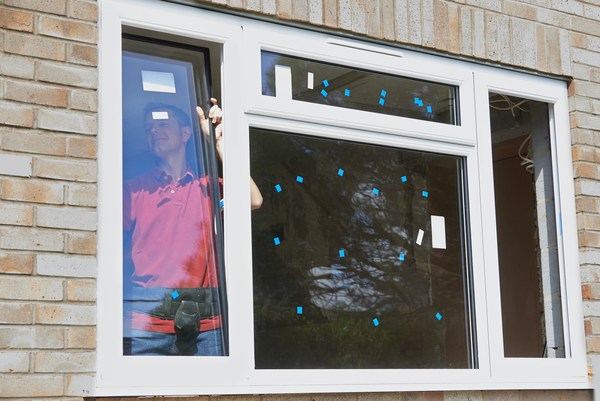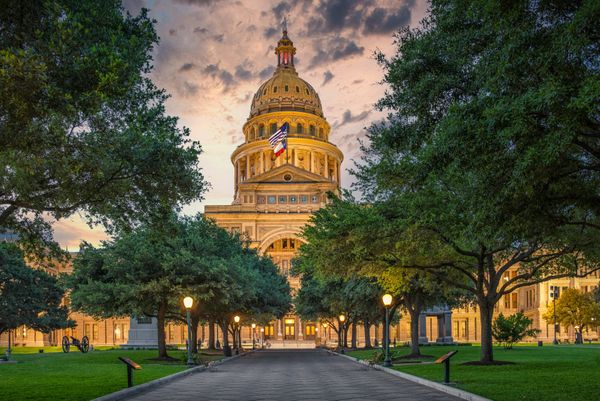Can't afford your utility bills? Check out these government benefits available in your state – you may be eligible for assistance.
Low-income households that can't afford their energy bills may benefit from the Low Income Home Energy Assistance Program, otherwise known as LIHEAP. This Federal program helps low-income households pay for home energy bills, cover the cost of an energy crisis, as well as pay for weatherization repairs.
LIHEAP is funded by the U.S. Department of Health and Human Services' Office of Community Services, which provides funds to each state for disbursement. The program pays funds directly to your energy company on your behalf to cover your bills. Each state has a different name for the program, and each state has regular and emergency funds to help those in need. Each state may also have different requirements, including application deadlines, qualifying income, and other criteria. Discuss your eligibility with your state's office to get the help you need.
Who Qualifies for The Program
Each state has different eligibility requirements for LIHEAP's energy assistance program, but in general, the following qualifications apply:
- You must have a household income that is no greater than 150% of your area's poverty level
- If you receive other assistance, such as SNAP, TANF, food stamps, or veteran's benefits, you may automatically qualify
- You must live in non-subsidized housing
- You must have received a utility disconnection notice
While the income limits vary by state, in general, the maximums for a single-family household is $17,820; two-person household $24,030, and a 4-person household $36,450 – but make sure to check with your state to see what limits they have in place.
How to Apply
First, you must find out if your utility company participates in LIHEAP. If they do, you'll need to supply the following supporting documentation along with the application:
- Copies of your utility bills
- Proof of income (for example, a pay stub)
- Proof of your address
- Proof of citizenship and social security numbers for all household members
If you experience a utility emergency, you'll need to build your case with supporting documents. In the case of a shutoff, you will need to supply the notice from the utility company. If your furnace breaks and you can't afford to repair it, have a plumber or mechanic supply you with a notice of immediately necessary furnace repairs. The more evidence and supporting paperwork you can provide, the more likely you will be awarded funds
For non-emergency assistance, each state has application deadlines. Some states, like Washington D.C., Arkansas, California, Nevada, New Hampshire, and Oregon, allow you to apply year-round. Other states have specific application deadlines between October 1 to March 31, but each state varies.
The application dates don't apply if you need emergency assistance – you can apply for emergency aid year-round.
To begin your application, visit one of these online resources as a starting point:
- Find your local Low-Income Energy Office
- Call the energy hotline 1-866-674-6327
- Apply online
What are the Benefits?
Those in need can apply for one of two types of benefits – regular and emergency. If you need regular benefits, you must apply for them annually. Once approved, you'll receive direct financial assistance, but the approval process may take a while, so make sure you apply as soon as possible.
If you need emergency assistance, you'll receive an answer within 48 hours. Emergency assistance means your utilities are about to be shut off, or you are in danger of running out of fuel. Some states offer additional benefits for seniors (ages 60 and over), such as supplemental utility benefits to seniors that receive Supplemental Social Security Income. The benefit amounts to reduced energy rates, making the bills more affordable.
Other states offer weatherization benefits – direct financial assistance to make a home more energy-efficient, which will save energy in the long run. This may include:
- Updating or installing home insulation
- Fixing or replacing old, broken windows or doors
- Fixing or replacing aging furnaces
This type of assistance aims to make the home more energy-efficient, so your bills are lower in the long run. This helps decrease utility bills making them more affordable.
How much you are awarded in weatherization benefits depends on a variety of factors:
- Number of people in your home
- The total household income
- The fuel type used in the home
- The type of home
- The size of the home
Priority is given to those with lower income and higher utility bills. The maximum amount provided varies by state.
How to Receive Your Benefits
If you qualify for LIHEAP, benefits are awarded as one lump sum; however, you won't receive the funds yourself. The government entity will send the funds directly to the utility company on your behalf. The frequency depends on the benefits they approve. Typical, regular benefits are sent in lump sums, though.
Other Options for Energy Assistance
Because this program is a block grant, there are only a certain amount of funds to go around. Once funds run out, additional benefits can't be awarded. But there are other options including:
- Department of Energy Weatherization Assistance – The U.S. Department of Energy provides each state with funding to help low-income families make their homes more energy-efficient. Priority goes to the elderly and low-income families on TNAF or supplemental Social Security Income.
- Ratepayer Funded Programs – This bill payment assistance program helps low-income families cover their utility bills. Each state has its own requirements and amount they'll fund. Contact your local state energy department to see if you qualify.
- State-level funding – Your state may also offer other programs for emergency assistance as well as regular funding. Some states use their tax funds while others use General Assistance funds when needed.
If you are having trouble affording your energy bills, you have options at both the federal and state level. If you need more funds, your state runs out of federal funds, or you don't qualify for federal funds, be sure to inquire about state assistance.
In either case, contact your local Energy Office to determine where to start, how to apply, and how long the process may take for the energy assistance program. Pay careful attention to deadlines and limits so that you know what to expect and can use your resources to look elsewhere if necessary.






